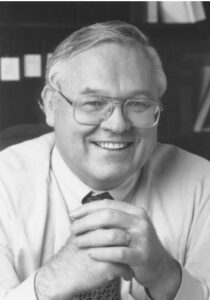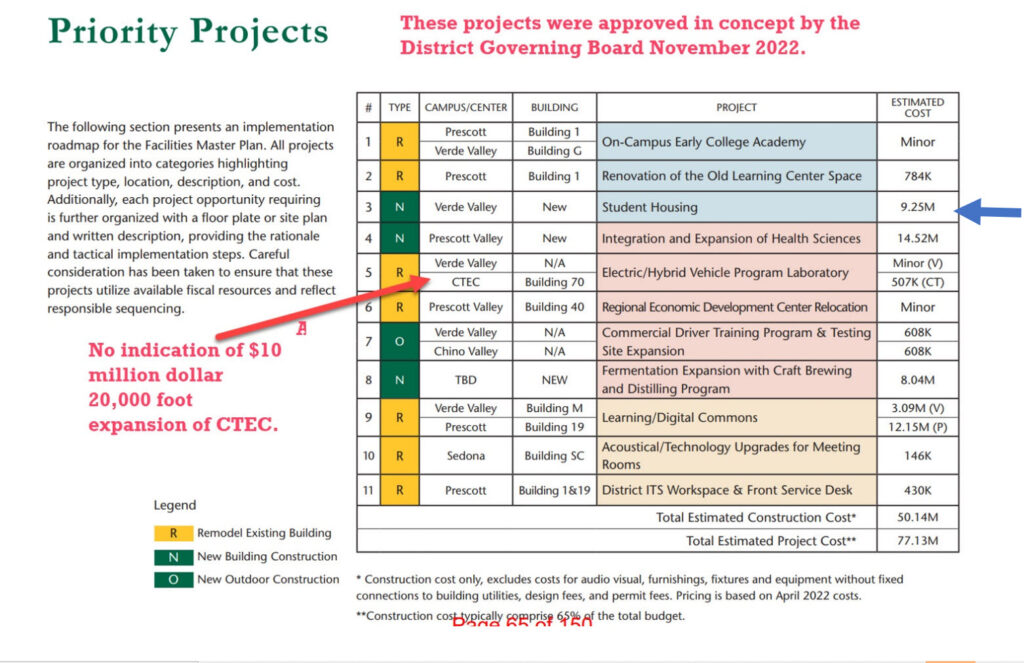About everything that can be done to discourage citizen attendance at District Governing Board meetings is being done by the College and the Board, which explains apathy and disinterest

Editor: Robert E. Oliphant

Editor: Robert E. Oliphant

Editor: Robert E. Oliphant

Editor: Robert E. Oliphant

Robert E. Oliphant

Editor: Robert E. Oliphant

Editor: Robert Oliphant Commentary

Robert Oliphant, Editor


Editor, Robert Oliphant

Editor: Robert Oliphant
In a democratic society, officials, such as those members elected or appointed to the Yavapai Community College District Governing Board, play a vital role in representing the interests and concerns of the public. One crucial aspect of this responsibility is to ask meaningful and relevant questions when presented with important items presented by the Community College President and her staff. Failing to do so can have profound effects on the citizens of Yavapai County, impacting transparency, accountability, decision-making, and public trust. In this short essay I explore the consequences of such failures by the Yavapai Community College District Governing Board, which failures appear obvious to a close observer, and emphasize the importance of these politicians actively engaging with their constituents and the executives who run Yavapai Community College.
When Yavapai Community College District Governing Board members neglect to ask significant questions about an item presented to them during a business meeting by the Yavapai President or her staff, as they do so often, it hampers the transparency and accountability that are vital to a functioning democracy. The Board members are accountable to the people they serve, and by not questioning the details and implications of an item presented to them by the Community College executives, they fail to fulfill their oversight role. A concern with this behavior by Board members in this regard is that the lack of scrutiny can lead to potential abuses of power, corruption, and, just as important, the erosion of public trust in the system set up to govern the Community college.
Significant decisions often require a thorough understanding of the complexities involved. By not asking pertinent questions, Yavapai Community College District Governing Board members miss the opportunity to gather essential information, perspectives, and expert opinions. As a result, decision-making processes can become compromised, potentially leading to flawed policies, inadequate resource allocation, and missed opportunities for improvement. Ultimately, this failure to ask important questions diminishes the quality and effectiveness of governance, negatively impacting the well-being of the residents of Yavapai County.
Public trust in the members of the Yavapai Community College District Governing Board is essential for the functioning of a democratic society. When the members fail to ask significant questions, it creates an impression of complacency, negligence, or a lack of genuine concern for the public’s interests. This can erode public trust and confidence in the oversight system as a whole. The public expects their elected or temporary appointed District Governing Board representatives to be diligent, knowledgeable, and engaged. When they fall short of these expectations, it can lead to disillusionment, apathy, and a diminished sense of civic participation.
Asking important questions allows the Yavapai Community College District Governing Board to engage in meaningful dialogue and seek public input on critical issues. When they fail to do so, they miss the opportunity to involve the public in decision-making processes. The public’s diverse perspectives, experiences, and expertise can provide valuable insights and ensure that policies reflect the needs and aspirations of the broader population. Without these perspectives, decisions risk being disconnected from the realities of the public, further undermining democratic principles.
The failure of members of the Yavapai Community College District Governing Board to ask significant questions about items presented by unelected officials in the guise of the College President and her staff has far-reaching consequences for the public. It diminishes transparency, weakens accountability, impairs decision-making, and erodes public trust. Members of the Governing Board should recognize their responsibility to be diligent, inquisitive, and engaged representatives of the people. By actively asking important questions, they can foster transparency, ensure accountability, make informed decisions, and strengthen public trust in the democratic process. Only through such proactive engagement can the Board members themselves effectively address the complex challenges facing the residents of Yavapai County and create policies that genuinely serve their interest.
 OPINION. Since June 2013, when Third District Representative Robert Oliphant voted “no” on increasing the Yavapai County primary property tax rate, the three representatives who followed him have all also voted “no” when it came to increasing the property tax rate to support the Community College. What are some of the reasons that explain this consistent opposition to increasing Sedona/Verde Valley tax rates? The following is a list of a few of those reasons:
OPINION. Since June 2013, when Third District Representative Robert Oliphant voted “no” on increasing the Yavapai County primary property tax rate, the three representatives who followed him have all also voted “no” when it came to increasing the property tax rate to support the Community College. What are some of the reasons that explain this consistent opposition to increasing Sedona/Verde Valley tax rates? The following is a list of a few of those reasons: